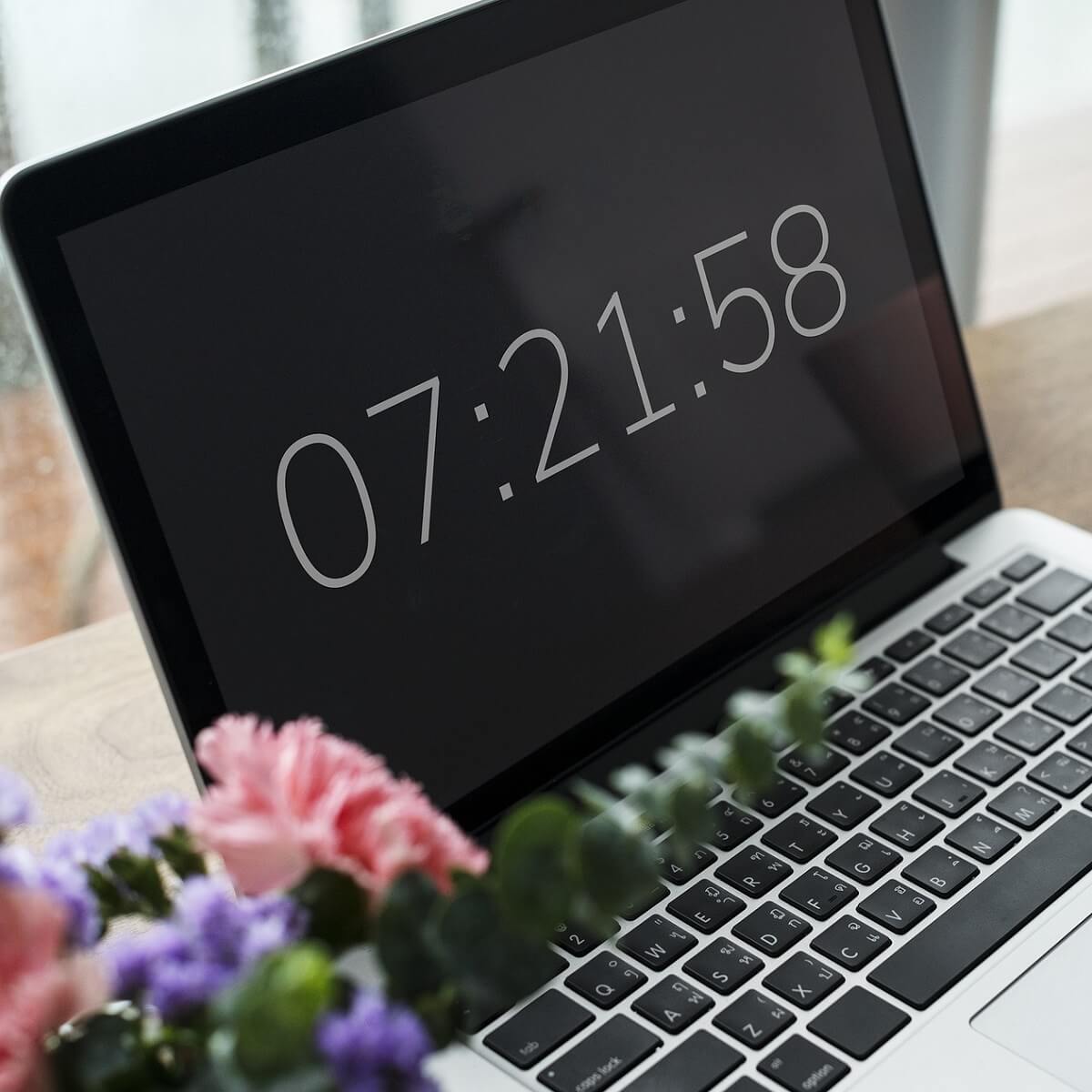

The analogy I used in the previous version of this article for Windows XP was this: it’s like keeping your old 1957 Chevy that still runs great. Eventually programs you care about, like security software, will no longer support Windows 7 and you’ll need to find alternatives, or upgrade to Windows 10. Otherwise the changes will not become active or they will even be overwritten.You can keep running Windows 7 safely if you, keep your security software up to date, keep all your other applications up to date, and are even more skeptical when it comes to downloads and emails. Therefore, when applying changes to the configuration, you have to close all running virtual machines as well as VirtualBox itself. VirtualBox is reading its settings at startup and storing its settings when closing it. So, you have to either run the command directly from the installation folder or you have to specify the full path to VBoxManage to make it work. The tool VBoxManage is located in the installation folder of VirtualBox. Of course, you have to insert the name of the virtual machine, you would like to change, into the command. For this, you can enter the following command from the Terminal: VBoxManage setextradata "VBoxInternal/Devices/VMMDev/0/Config/GetHostTimeDisabled" "1" Instead of changing the XML configuration files manually using a text editor, you can also perform the changes from the command line. With setting "value" to "0", the time is synchronized, if "value" is set to "1", there is no synchronization with the host system.

This line configurates whether the time should be taken from the host system vbox-prev".Īfter opening the files in a text editor, you can add (or change) the following line in the section "". The name before the extension is equal to the name of the virtual machine. The files are structured in XML format and have the file extension. The easiest way to find the folder is to right-click on the virtual machine in question in VirtualBox in the list on the left side of the main window and then select "Show in Explorer" from the context menu (you can also use the menu "Machine" > "Show in Explorer" when a virtual machine is selected.įor example, the path to the folder can be "C:\Users\\VirtualBox VMs\", "C:\Documents and Settings\\.VirtualBox\Machines\", "C:\Users\\.VirtualBox\Machines\" or, of course, each other user defined folder. You can find the files in the folder in which you have stored the virtual machine and the image of the hard disk. Each virtual machine has two configuration files in which the settings for this machine are specified.


 0 kommentar(er)
0 kommentar(er)
